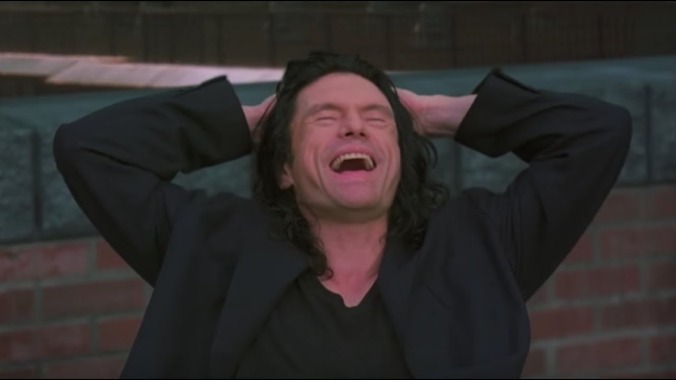The Disaster Artist, due for release on December 1, is a (supposedly) good movie about a book about the making of a bad movie—namely, Tommy Wiseau’s The Room, which many consider to be the worst film ever made. It’s basically what Tim Burton’s Ed Wood was to Ed Wood’s Plan 9 From Outer Space. And it’s bound to inspire a great deal of essays about “bad movies” and what specifically makes a movie “bad.” A new video essay from Now You See It, however, posits that the very things that make movies bad can, when used knowingly, make a movie good.
Using examples from the films of Quentin Tarantino, Wes Anderson, and more, the essay shows how the things we mock bad films for—poor acting, chintzy sets, a lack of logic—can sometimes be used to help build a world that’s both charming and theatrical when done with a deft hand. Often, the best films are the ones that embrace theatricality by bucking the strictures of what audiences consider “reality.”
The differences is that, in good films like The Grand Budapest Hotel and Kill Bill, that kind of playfulness is just one arrow in the quiver of its creators, who are making it their business to make what they consider to be a good movie. Encouraging bad acting, bad special effects, and bad writing as a means of creating something that is knowingly bad tends to result in winking garbage like Sharknado. That approach relies upon the same point, look, and laugh approach that made Jason Friedberg and Aaron Seltzer the bane of 21st century comedy. The moral is that, while you can’t make a bad movie on purpose, you certainly can learn from them.
